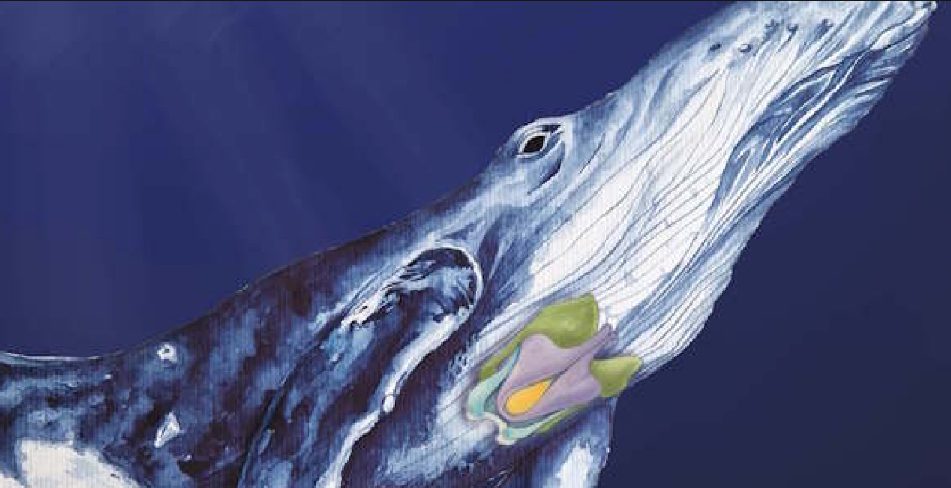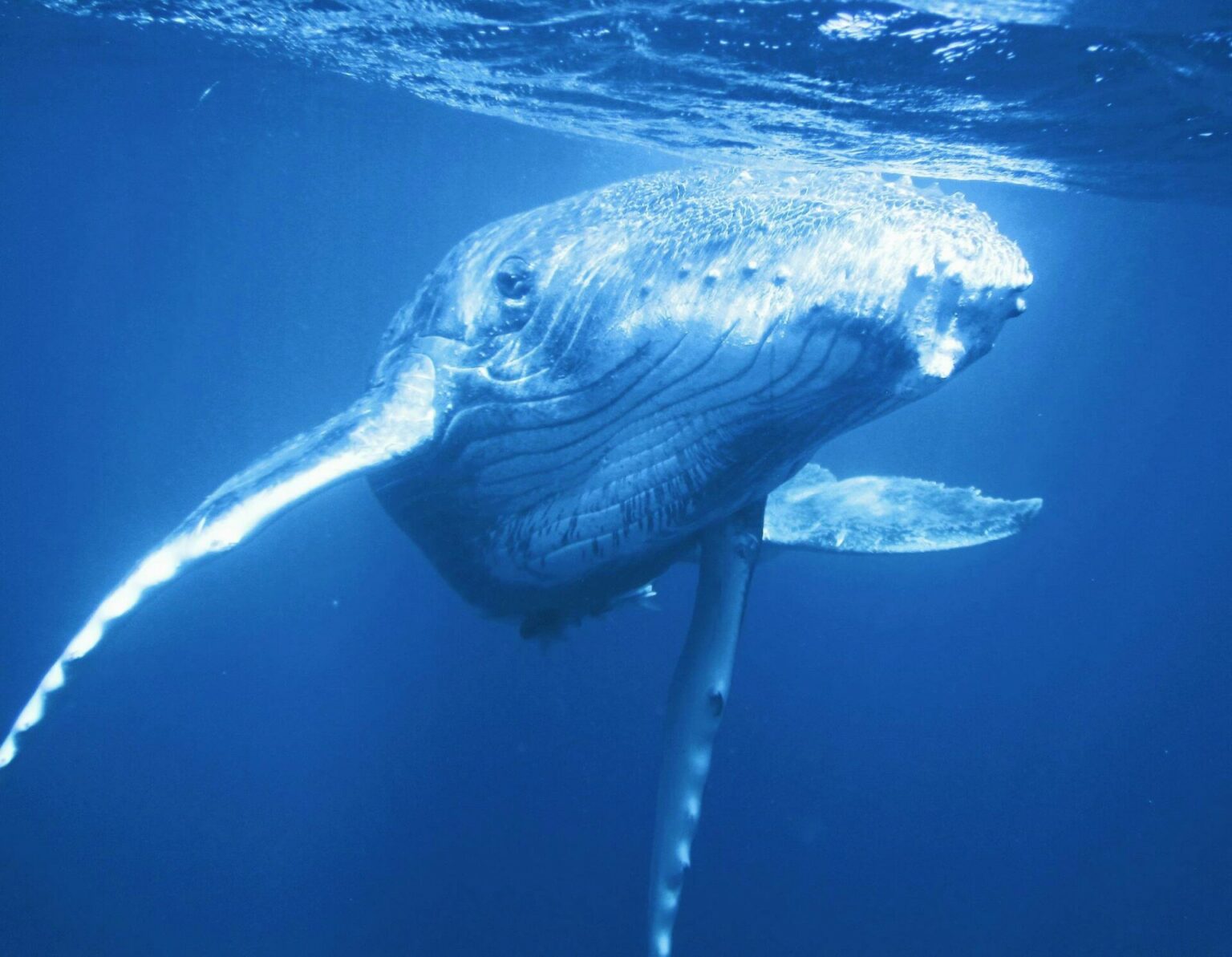Baleen whales, which include blues, greys and humpbacks, communicate over long distances under water using their array of songs – but only now have researchers pinpointed the unique structures in their larynx that evolved to make this possible without the air-breathing whales drowning.
Whale song was identified only just over half a century ago by Roger Payne, the US marine biologist who died last year, but little work had been carried out since then to determine how the complex low-frequency vocalisations were produced.
Voice scientists Prof Coen Elemans of the University of Southern Denmark and Prof Tecumseh Fitch from Austria’s University of Vienna worked it out in a study that has just been published.
The prehistoric land mammals from which both baleen and toothed whales evolved had a larynx that both protected their airway and produced sound. When these animals made the long transition to living under water, their larynx had to evolve so that they wouldn’t choke when emitting sounds.
The solution in toothed whales was to develop a nasal vocal organ, but in baleen whales their arytenoids – small cartilages like those humans use to shift the position of the vocal folds – were transformed into long cylinders.
Fused at the base, these form a rigid U-shaped structure extending almost the length of the larynx. The whales can use this to maintain a rigid open airway while surface breathing.

The U-shaped structure pushes against a large fatty cushion inside the larynx, and the whale pushing air from its lungs past this cushion causes it to vibrate – generating whale song.
Model whale larynx
There are 14 species of baleen whales (Mysticetes), which have plates in their upper jaw instead of teeth. They comprise the blue, bowhead, Bryde’s, fin, grey, humpback, two types of minke, Omura’s, four types of right and sei whales.
With the help of the Danish and Scottish Marine Mammal Stranding Scheme networks, the researchers were able to extract the larynxes of three whales – a sei, minke and humpback – that had stranded and died.
The larynxes had to be removed rapidly because of the speed of whale-tissue decay. In the laboratory air was blown through them to simulate natural breathing, and the scientists succeeded in 3D computer modelling an entire whale larynx and its muscles.
Modulating the muscles alters the whales’ calls, they found, and say that their models were able to predict the natural vocalisations accurately.
However, the research also had its negative side. Combining experimentation with the models offered the first evidence that baleen whales are physiologically incapable of escaping the effects of human-generated noise pollution.
The most damaging sounds come from ships’ propellers along with continuously running generators, drilling activity and seismic guns. All can obscure the whales’ voices and reduce their communication range.
The study, published in Nature, was supported by the Carlsberg Foundation, Novo Nordisk and the Austrian Science Fund.
Also read: Minke Whale Magic, Blue Whales Making a Comeback, BDMLR rescue minke whale in Orkney, Juvenile humpback whale sighted in shallow Oban waters








